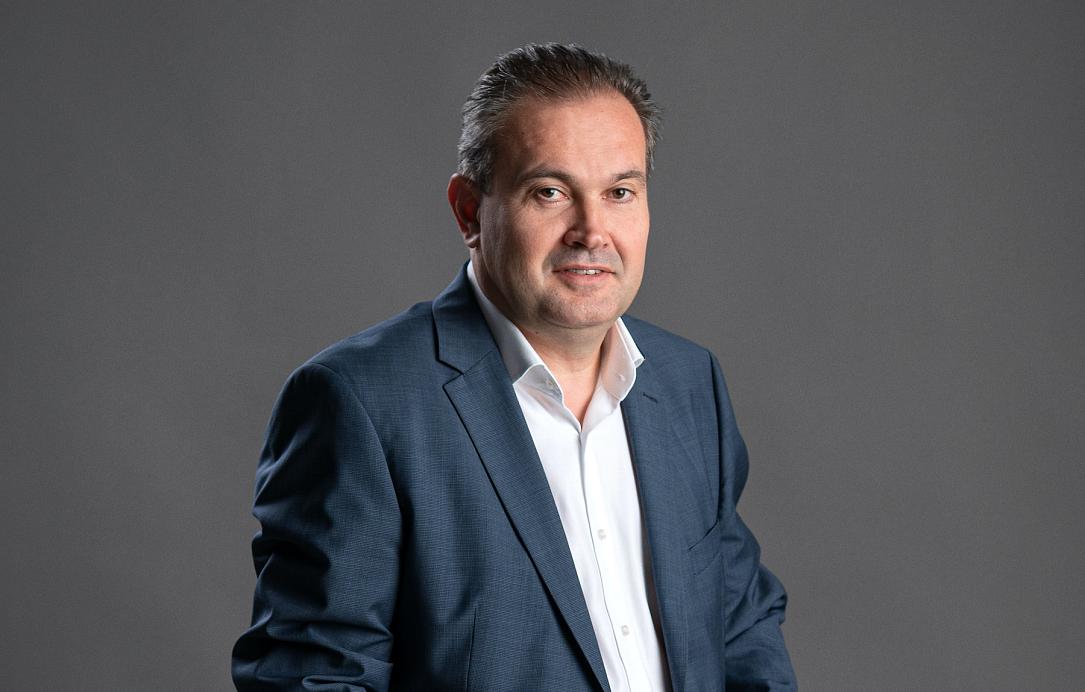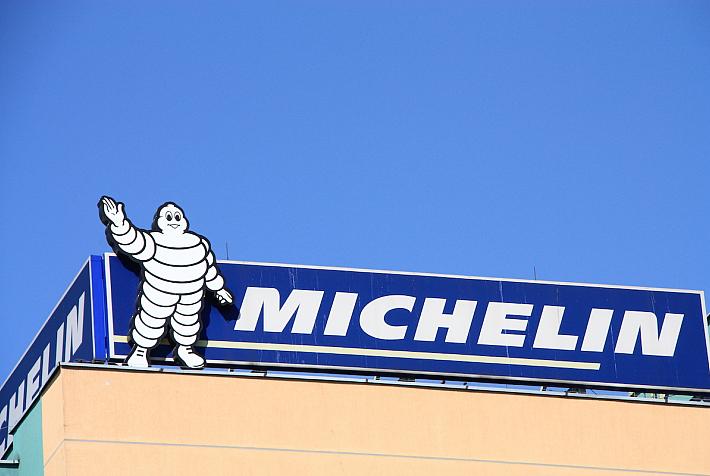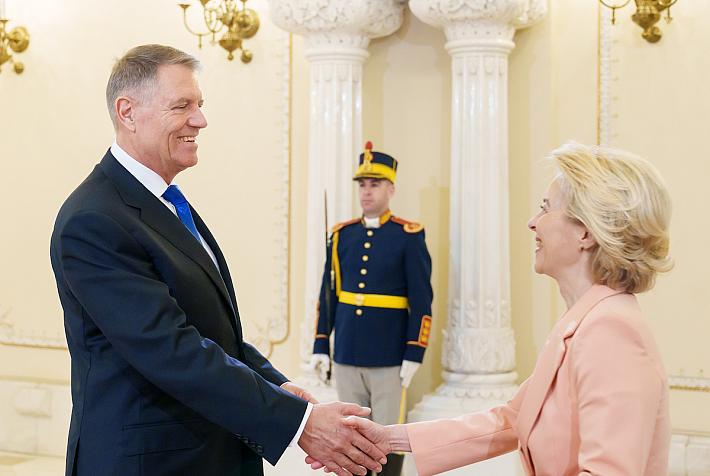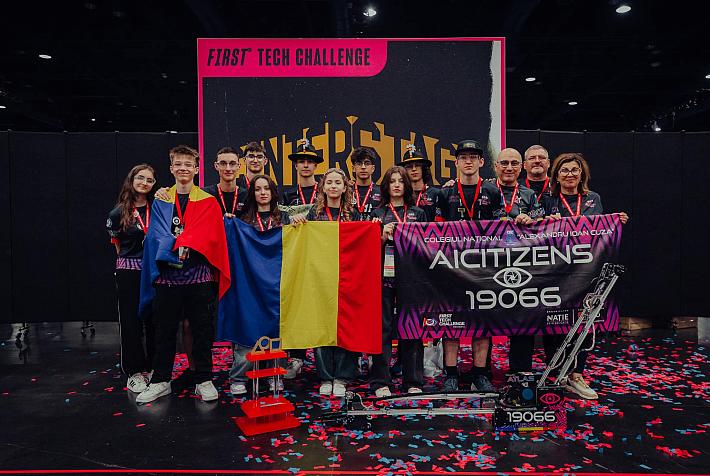Calin Ionescu, CEO Sphera Franchise Group: Drive-Thru locations stand as pillars of our expansion strategy

Digital transformation of existing restaurants for rapid order processing and enriched customer experience and expansion with Drive-Thru restaurants to increase accessibility and convenience for customers are the ingredients Sphera Franchise Group, the biggest food service group in Romania, will use for its growth recipe in 2024.
Sphera Franchise Group (BVB: SFG), the company that operates the KFC restaurant network in Romania, Moldova, and certain areas in Italy, and the Pizza Hut and Taco Bell franchises in Romania, has budgeted a 12% increase in sales this year after posting record results in 2023. The Group’s growth strategy is based on network expansion and digital transformation, both aimed at bringing more customers to its restaurants more frequently.
“Drive-Thru locations stand as pillars of our expansion strategy, addressing the needs of customers seeking swift meal solutions around the clock,” says Calin Ionescu, CEO Sphera Franchise Group.
“The emerging trend of digitalization is also integral to our sales growth strategy. By leveraging advanced technologies, we streamline processes, enhance operational efficiency, and ultimately expedite service delivery. This digital transformation not only ensures rapid order processing but also contributes to an enriched customer experience, fostering repeat business and positive word-of-mouth referrals,” he explains.
Sphera also estimates a 20% increase in its net profit as market conditions have stabilized and the costs are more predictable than in previous years.
“Compared to the previous year, we observe a somewhat more stabilized environment concerning inflation. We anticipate a trajectory of moderate economic growth, alongside a cautious consumer approach, signaling a continued trend of prudence in spending. Overall, market conditions are more stable versus 2023, however, the upcoming elections introduce a layer of unpredictability.”
Read the full Q&A interview below to learn more about:
- Growth drivers for Sphera’s business in 2024
- The Group’s investment plan for this year
- The impact of the digital transformation
- Challenges for companies in the HoReCa sector
Sphera Franchise Group estimates a 12% increase in sales in 2024. What factors do you expect to drive this increase? Are you counting on bringing more clients to your restaurants and what are your expectations for sales through delivery services?
Calin Ionescu: The projected 12% increase for 2024 is based on an estimated rise in same-store sales, attributed to a variety of initiatives and market dynamics, and additional sales due to network expansion. We continue to execute our strategy that has proved to bring strong results in the past years – efficient cost management, sharp marketing, and smart pricing.
The emerging trend of digitalization is also integral to our sales growth strategy. By leveraging advanced technologies, we streamline processes, enhance operational efficiency, and ultimately expedite service delivery. This digital transformation not only ensures rapid order processing but also contributes to an enriched customer experience, fostering repeat business and positive word-of-mouth referrals. Our commitment to innovative marketing campaigns is poised not only to engage our existing customer base but also to attract new clients.
As for our expansion strategy, it focuses on opening new drive-thru (DT) restaurants. By increasing our physical footprint, we elevate accessibility and convenience for our customers, thereby fostering heightened traffic and transaction volumes. In addition, the optimization of delivery service timelines is imperative in catering to the evolving preferences of consumers.
By focusing on these initiatives, Sphera aims to not only drive sales growth but also consolidate its position as a leader in the food service industry while meeting the evolving habits and preferences of its customers.
You also estimate a 20% increase in net profit, higher than the sales increase. Does this mean you expect more stability on the cost side?
Calin Ionescu: Our profit growth estimate reflects, indeed, an expectation of enhanced stability on the cost side, underpinned by several key factors. Firstly, costs related to food and materials are forecasted to rise at a rate lower than the sales growth, indicating both a temperate evolution in the market and effective cost management.
Additionally, as restaurants opened in previous years mature, operational efficiencies and economies of scale are expected to contribute to cost stabilization. Moreover, a commitment to cost optimization through measures such as operational streamlining further supports cost stability. Energy costs are anticipated to remain predictable, while the proportion of general and administrative expenses (G&A) relative to total sales is projected to decrease due to the inelastic nature of these costs compared to business volume growth.
What is the macro scenario that you used for the budgeting process (economic growth, inflation, consumption)? How are the market conditions now compared to one year ago in the markets you operate?
Calin Ionescu: In formulating our budget, we considered a macroeconomic scenario that acknowledges recent trends while remaining cognizant of potential uncertainties. Compared to the previous year, we observe a somewhat more stabilized environment concerning inflation and we constructed our budget on a 6% forecast for average inflation. We anticipate a trajectory of moderate economic growth, alongside a cautious consumer approach, signaling a continued trend of prudence in spending. Overall, market conditions are more stable versus 2023, however, the upcoming elections introduce a layer of unpredictability.
You announced an investment budget of RON 69 mln that includes opening 6 new KFC restaurants in Romania. Is there still room for expansion in the local market? What types of locations are you targeting for the new openings and are you also looking at smaller cities?
Calin Ionescu: As the local living standards keep rising and consumer habits near those in mature countries, the potential for the food service industry grows. For us, Drive-Thru locations stand as pillars of our expansion strategy, addressing the needs of customers seeking swift meal solutions around the clock. Moreover, we actively seek out opportunities in smaller cities, recognizing their untapped potential and the unique dynamics they offer. This strategic approach ensures operational efficiency while catering to diverse consumer demands. Also, we remain receptive to exploring mall locations, particularly due to emerging shopping centers, as these venues boast a ready-made customer base and bustling foot traffic.
The investments for this year also include remodeling existing restaurants and equipping them with digital technologies. How much does it cost to modernize a restaurant and what are the gains in terms of efficiency for the restaurants that undergo this transformation process?
Calin Ionescu: Remodeling aims at modernizing the restaurant and consists in refreshing the image to align it to the newest standards and technologies. It takes place every few years and ranges from light changes, such as systems or artwork upgrades, to major remodeling, which includes new equipment and changes in restaurant layout. Costs vary depending on unit dimension and type, starting with EUR 50,000 and up to EUR 250,000, for KFC restaurants. Both minor and major remodeling have the same outcome - enhanced customer experience and processes optimization.
What percentage of your clients are now using digital ordering systems installed in restaurants and how has this share evolved in recent years? What are the main advantages for clients when using these digital tools?
Calin Ionescu: As technology evolves, more and more activities are done digitally, so the customers get used to new ways of interacting with brands. We have seen this trend in the last years, and the usage of ordering kiosks is revealing for this. At KFC Romania, 50.5% of orders came through kiosks in 2023, up by almost 29% compared to previous year, while for Taco Bell the figure stands at 34.7%, an increase of 38%. The percentage is even higher in more mature markets - 71.5% of KFC Italy customers placed their orders through digital kiosks last year.
For customers, the advantages are indisputable – swifter experience and a clear ordering journey. But digital kiosks contribute to business efficiency as well, by better ordering delivery and displacement of counter employees to other restaurant areas, thus contributing to a better overall customer experience.
What are the biggest challenges you are facing today in your industry (supply chain, finding personnel, changes in consumer trends) and how are you handling these challenges?
Calin Ionescu: The HoReCa industry continues to face several significant challenges in 2024. While inflation has tempered, the rise in costs still puts pressure especially given strained consumer budgets. The labor market remains tense, making it challenging to recruit and retain personnel, which can affect service quality and operational efficiency.
De-professionalization of the workforce is present at all levels, both in the private sector and state structures. People are increasingly less prepared to meet the standard requirements of the workplace. The causes are multiple, ranging from lack of competition in the labor market to issues within the educational system, to the exodus of professionals, the well-known brain drain, and unskilled workforce alike.
Moreover, changing consumer behavior, driven by factors such as preferences and heightened competition, as well as cautious spending due to economic uncertainty pose significant challenges. Last but not least, potential changes in taxation policies under the pressure of budget deficits cannot be ruled out.
Despite all these, we remain optimistic. With our solid foundations, extensive and diverse experience, and a highly skilled team, we are confident in our ability to navigate these challenges successfully, as we have done in the past.
There’s a lot of hype today around robotization and Artificial Intelligence. Are you analyzing the possibility of implementing such tools in your restaurants and in what areas would it be feasible to use new technologies?
Calin Ionescu: As pioneers in the foodservice industry, we have long embraced advanced information systems, including operational controls, digital menu boards, and kiosks for order placement, implemented across all our restaurants. Our utilization extends to financial information systems, where we leverage tools for precise tracking and analysis, and social media (for example, chatbots that facilitate interaction with consumers in the online environment or make it more entertaining when necessary). Furthermore, our back-of-house operations are optimized through digital solutions, ensuring seamless coordination and efficiency in product preparation, inventory management, and staff training.
We have a 3D approach when it comes to technology - Digital, Data, and Delivery – through which we aim to optimize operations and enhance customer experience. I have already mentioned digital and delivery. Data analysis also plays a pivotal role in our decision-making process. By harnessing the power of data analytics, we gain deeper insights into customer needs, allowing us to tailor our offerings and improve overall satisfaction. We already use robots to automatize several recurring tasks and for business analyses, in some of our HQ departments. We remain vigilant in exploring innovations applicable to our field, including the integration of Artificial Intelligence.
*This interview was written by the Romania Insider team for Sphera Franchise Group.















